Holt Howard: The Enchanting World of Mid-Century Ceramics
Introduction: Holt Howard, an iconic name in mid-century ceramics, co-founded the Holt Howard Company in 1949 alongside his college friends, Robert Howard and Grant Holt. Renowned for their whimsical and innovative designs, the Holt Howard Company transformed ordinary household items into playful and collectible works of art. Their products became staples of American homes, embodying the spirit of post-war optimism and creativity.
The Beginnings: The journey of Holt Howard began with a modest family loan of $9,000, which the three friends used to start their venture. Their initial focus was on importing and selling decorative items, particularly during the holiday season. Early products included Christmas ornaments, punch bowls, and candle holders, characterized by their vibrant colors and charming, festive designs.
Rise to Fame: Holt Howard quickly gained a reputation for their distinctive and delightful designs. One of their most famous series was “Pixieware,” introduced in the mid-1950s. This line of condiment containers featured whimsical elf-like heads with playful expressions and bright colors. Pixieware items, such as mustard pots and syrup dispensers, were not only functional but also brought a touch of magic to everyday dining.
Signature Creations: Beyond Pixieware, Holt Howard produced a range of beloved products that captured the hearts of mid-century consumers. The “Cozy Kittens” and “Merry Mice” series featured endearing animal figures adorning items like salt-and-pepper shakers and butter dishes. Another standout collection was the “Red Rooster” dinnerware series, which showcased bold patterns and cheerful rooster motifs, becoming a beloved part of many American kitchens.
Challenges and Controversies: Throughout its history, Holt Howard faced both triumphs and challenges. In 1973, the company released the “Nixon coffee mug,” featuring a satirical image of former President Richard Nixon on a three-dollar bill. The mug sparked controversy but also demonstrated the company’s willingness to engage with contemporary issues in a humorous manner.
Despite these challenges, Holt Howard continued to thrive. In 1968, the company was acquired by General Housewares Corporation, allowing the brand to reach a wider audience. Production of their cherished designs continued until 1990, ensuring that Holt Howard’s whimsical creations remained a beloved part of American homes for decades.
Legacy and Influence: Today, Holt Howard’s ceramics are highly sought after by collectors and enthusiasts. Their pieces, now considered vintage treasures, evoke a sense of nostalgia for a bygone era of design. The whimsical charm and innovative spirit that defined Holt Howard’s products continue to inspire modern designers, proving that art and functionality can coexist in the most delightful ways.
Collectors value Holt Howard ceramics for their quality and distinctiveness. Each piece tells a story, capturing the essence of an era when design was bold, playful, and unafraid to bring a smile to one’s face. The legacy of Holt Howard endures, a testament to the enduring appeal of creativity and whimsy in everyday objects.
Conclusion: Holt Howard’s impact on mid-century design is undeniable. Their innovative approach to ceramics, blending function with playful artistry, has left a lasting mark on the world of design. As collectors and enthusiasts continue to cherish their creations, the legacy of Holt Howard serves as a reminder of the power of creativity to transform even the most ordinary aspects of life into something extraordinary.
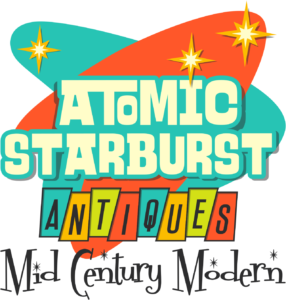
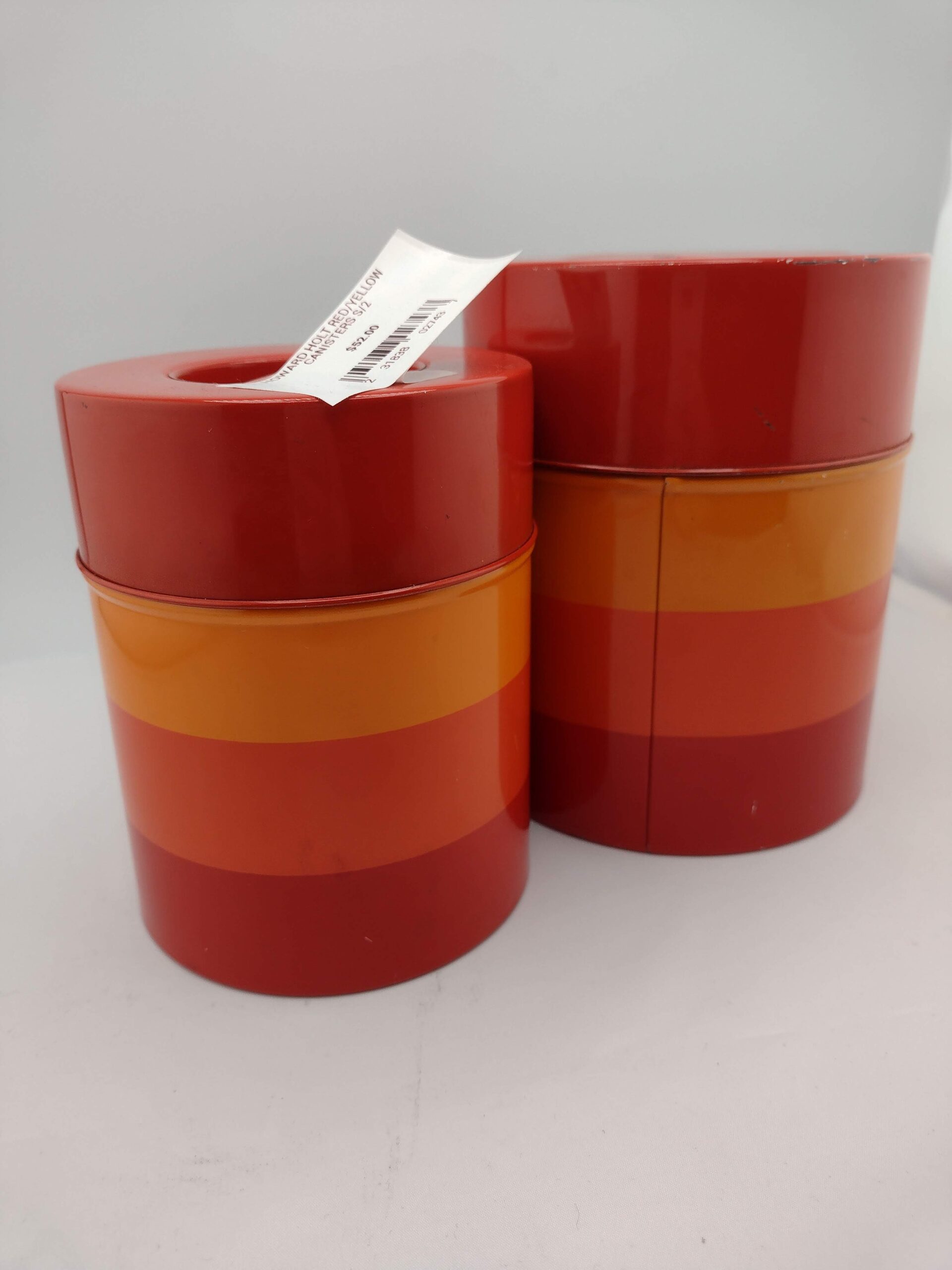
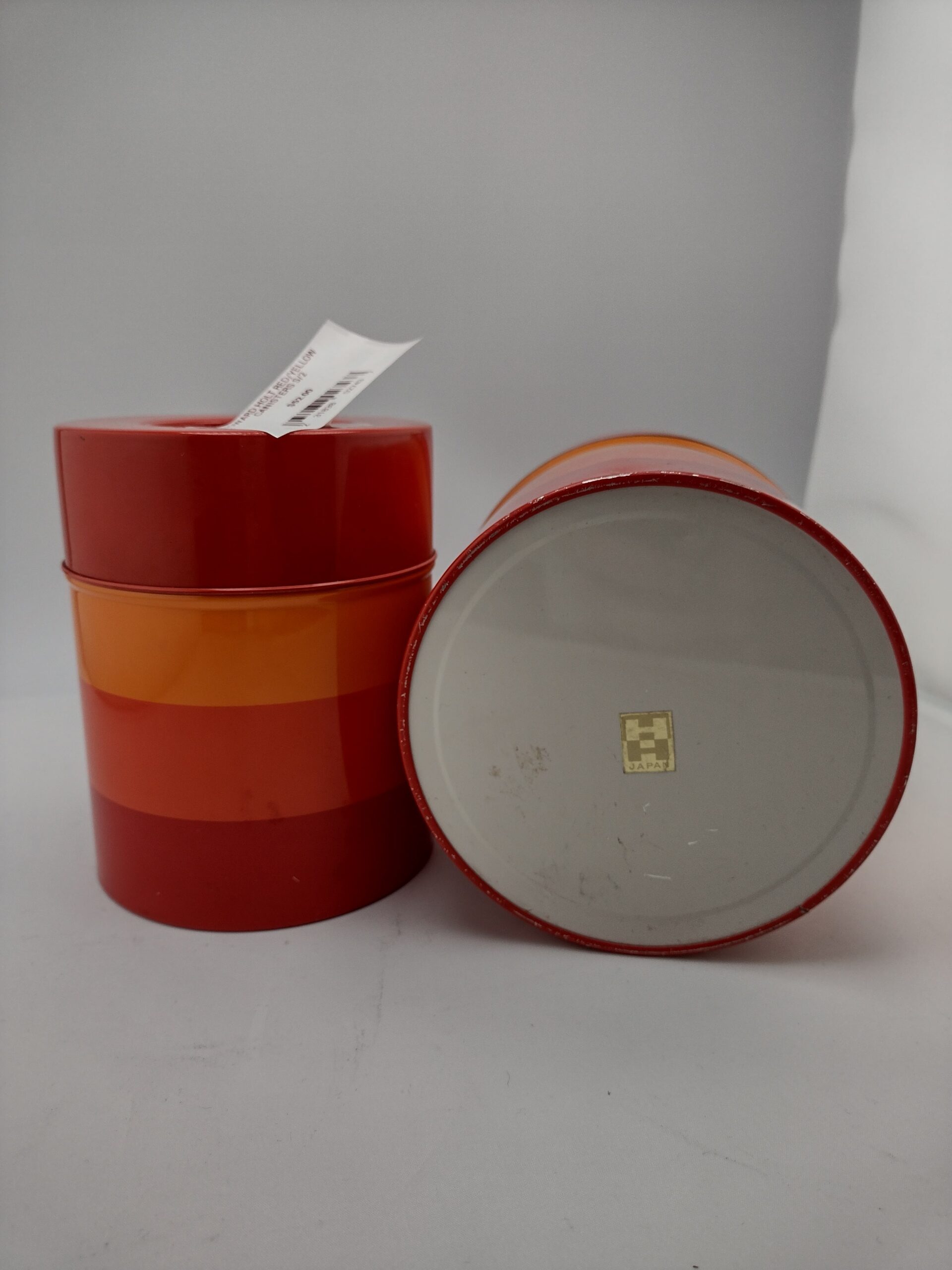

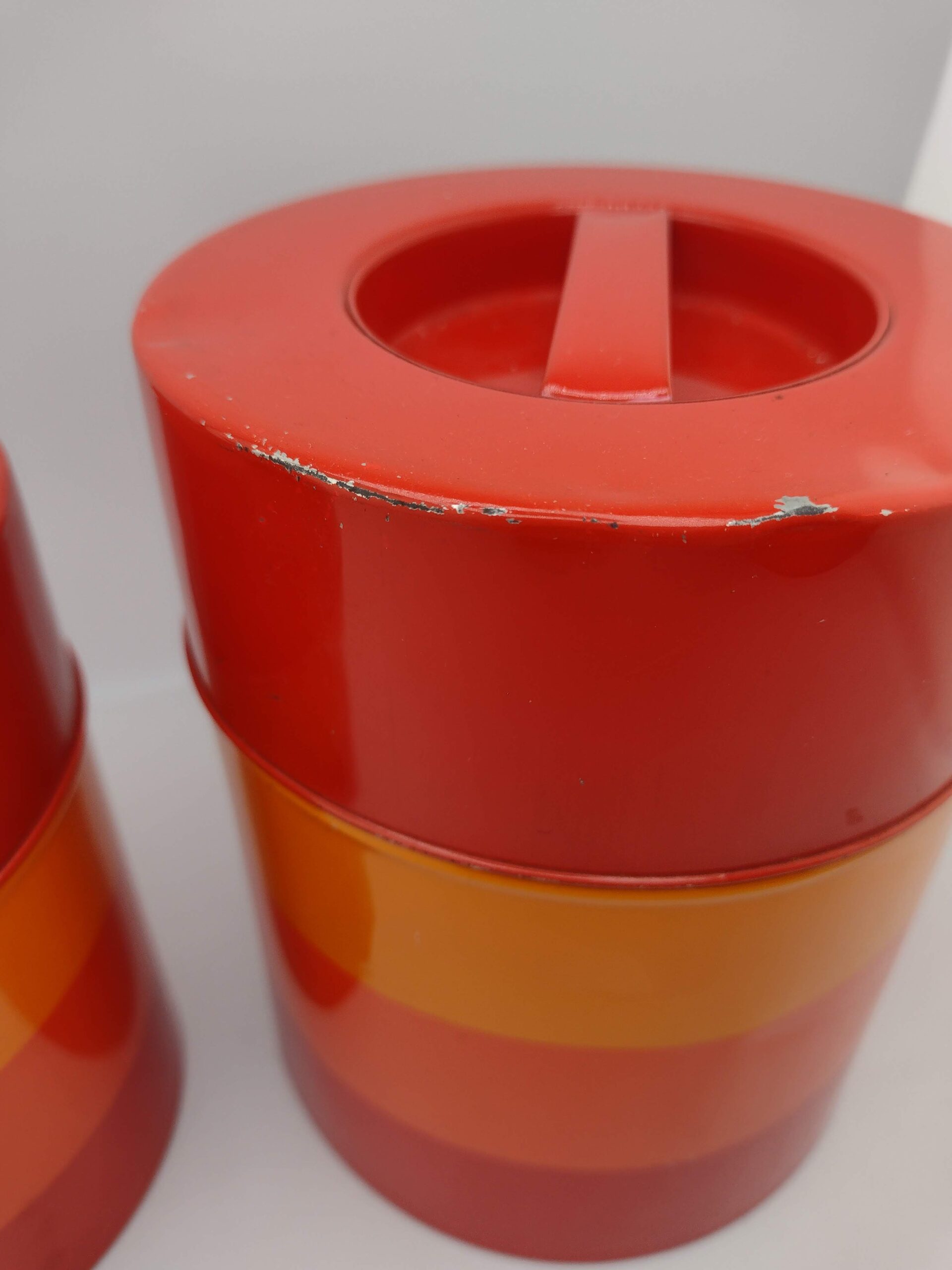
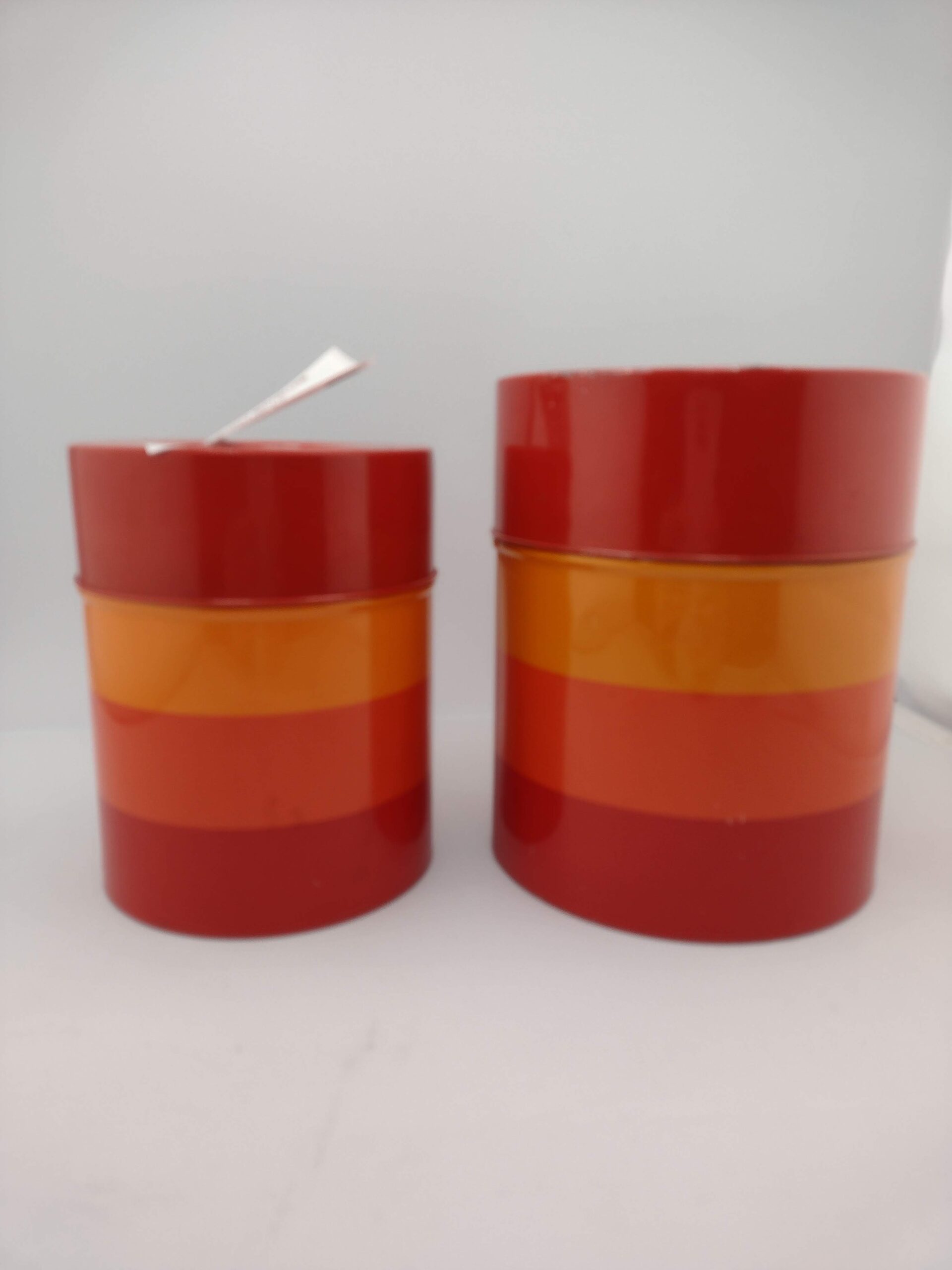
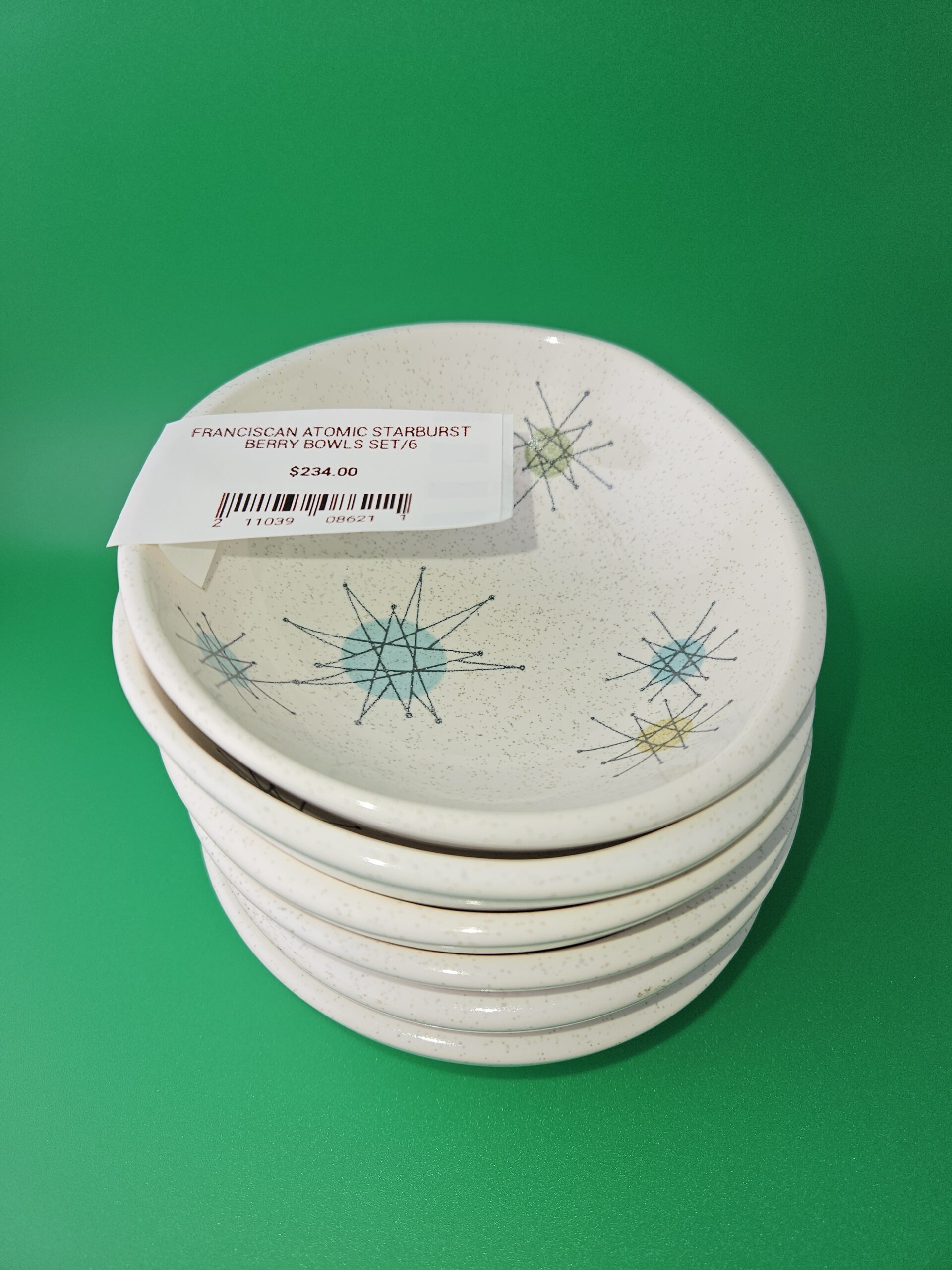
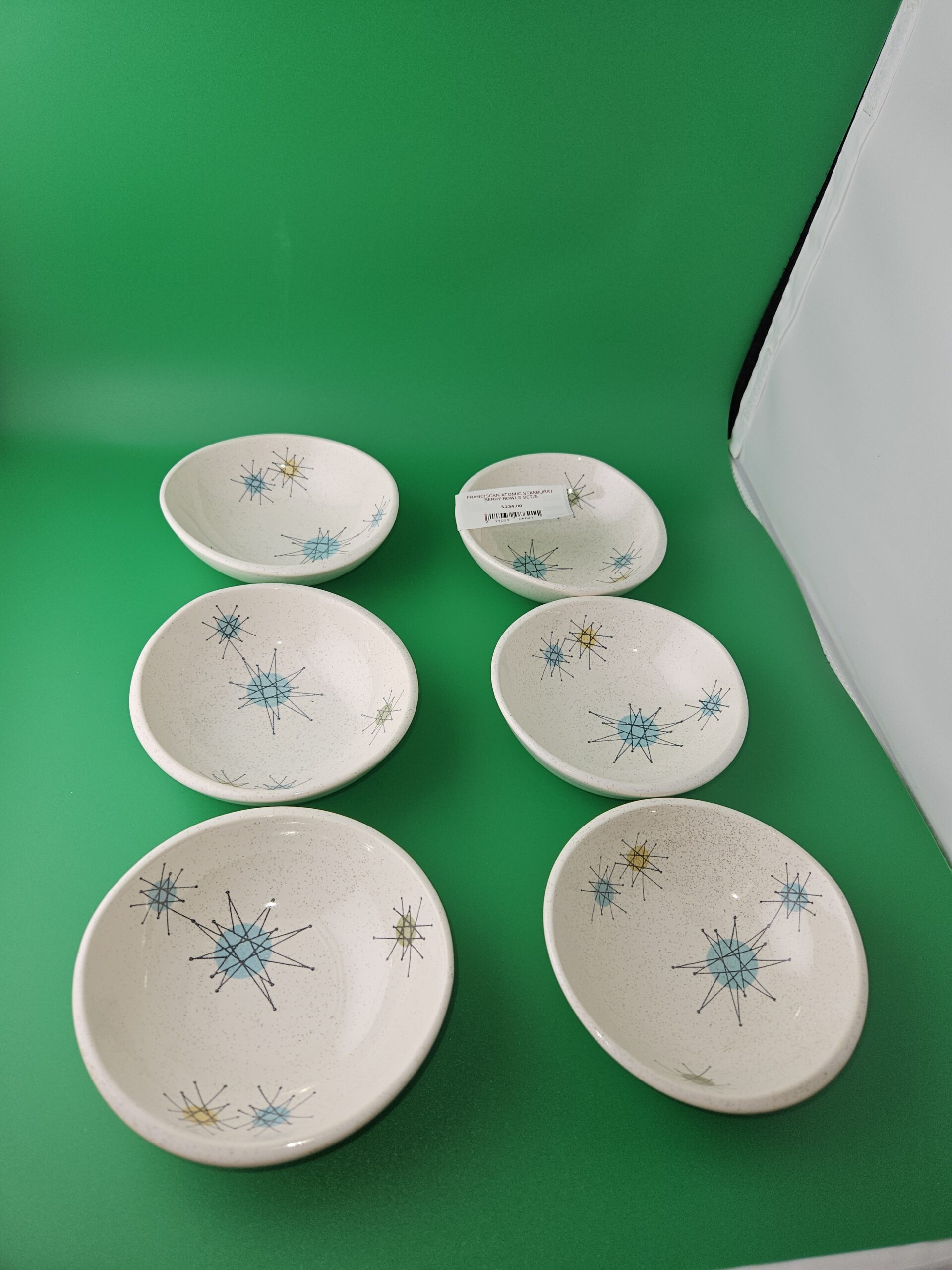
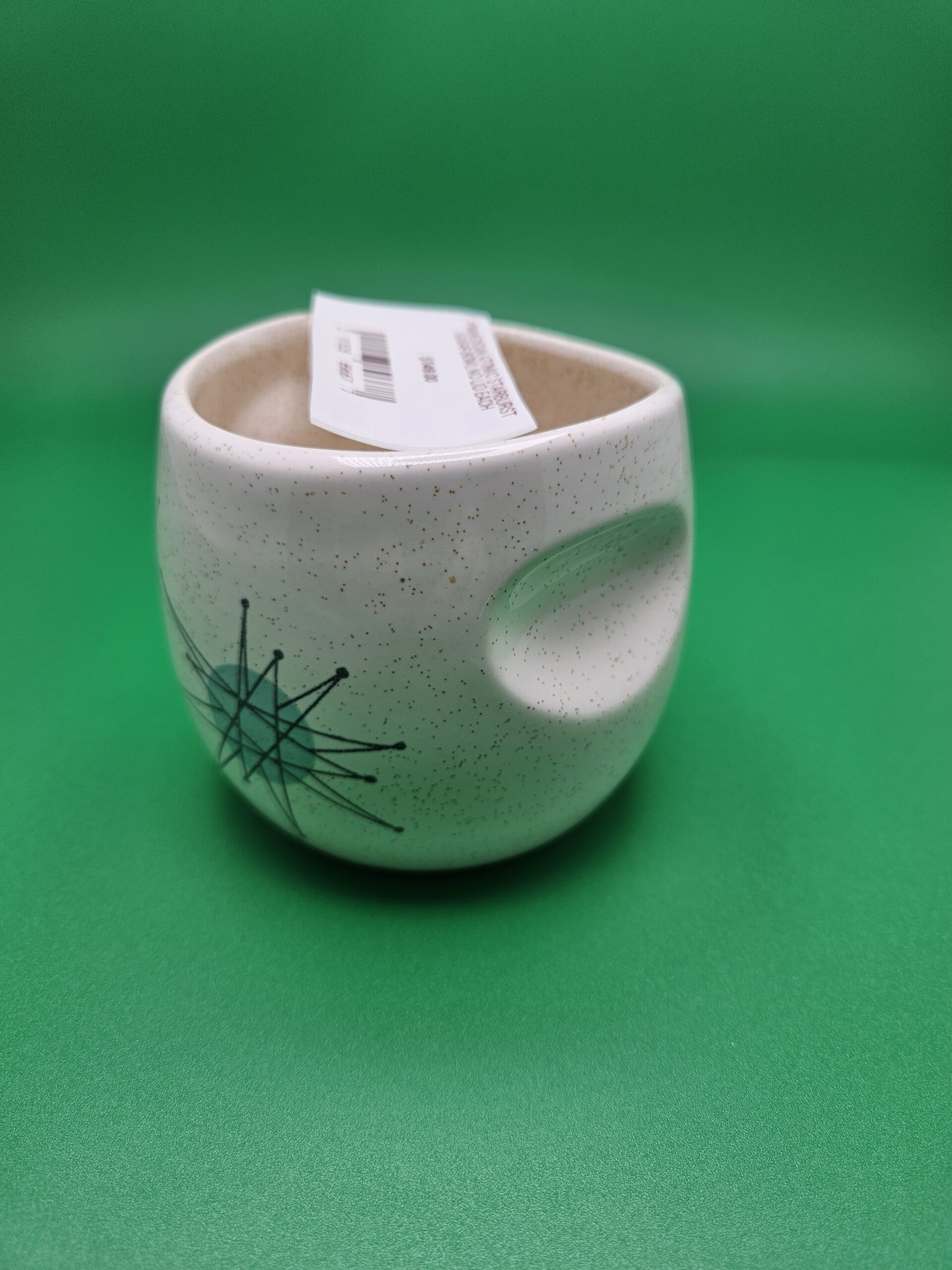
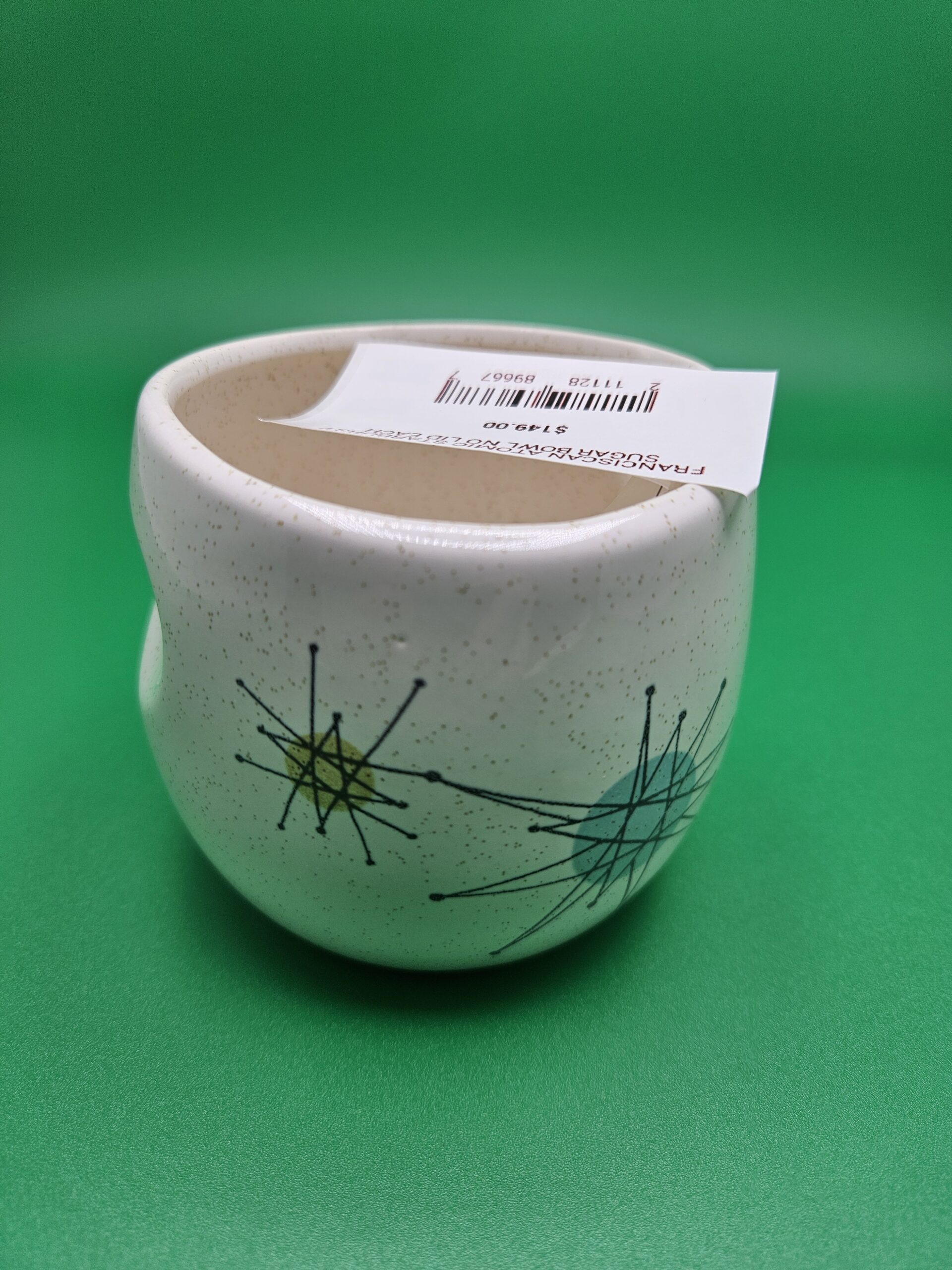
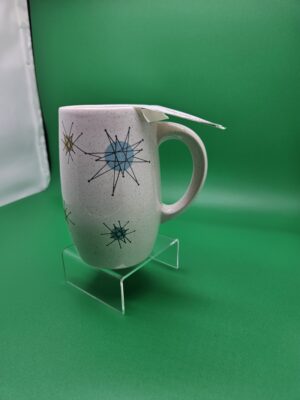
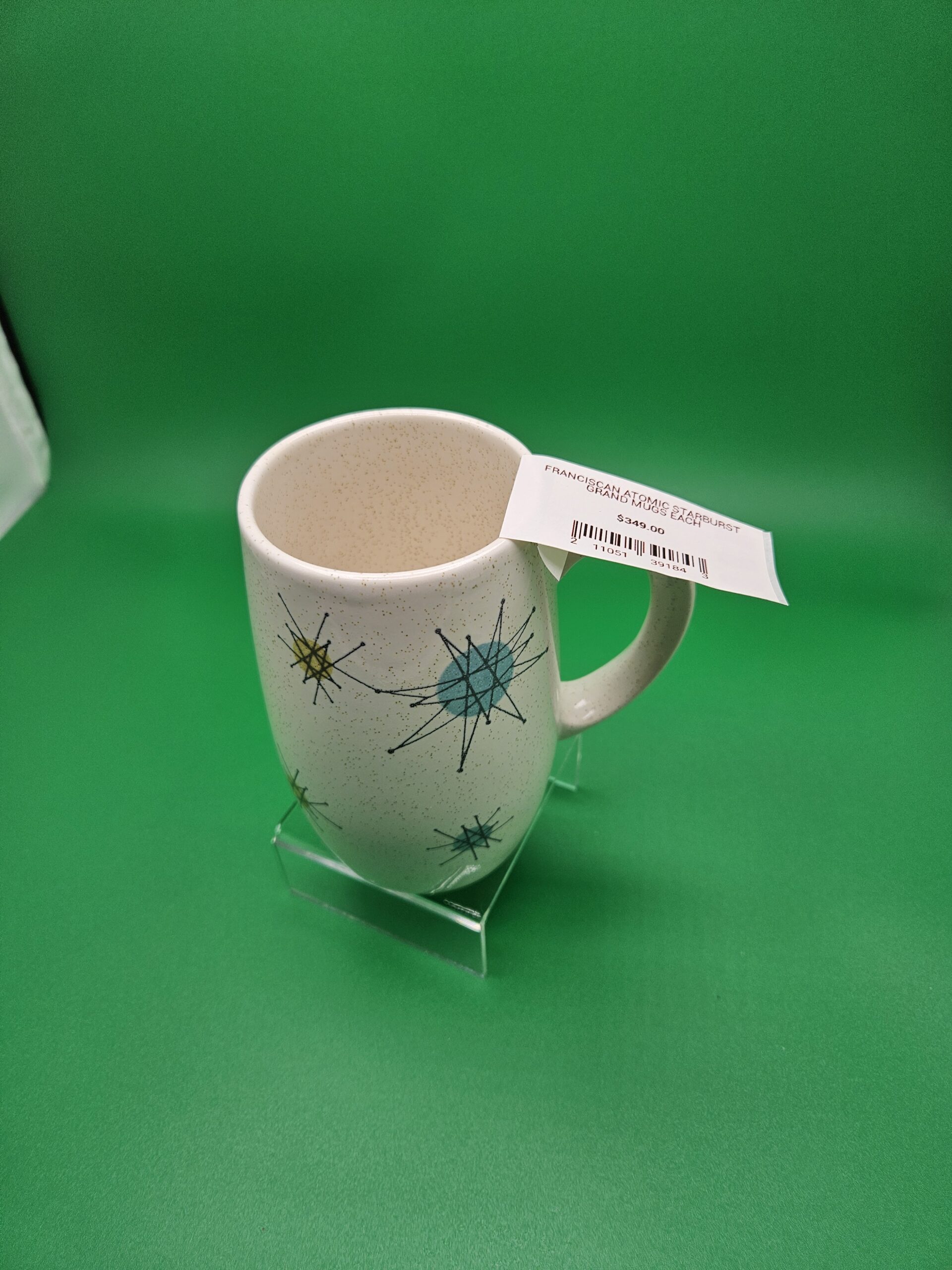
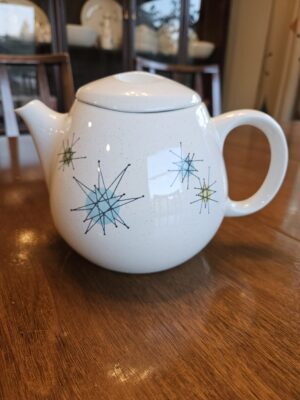
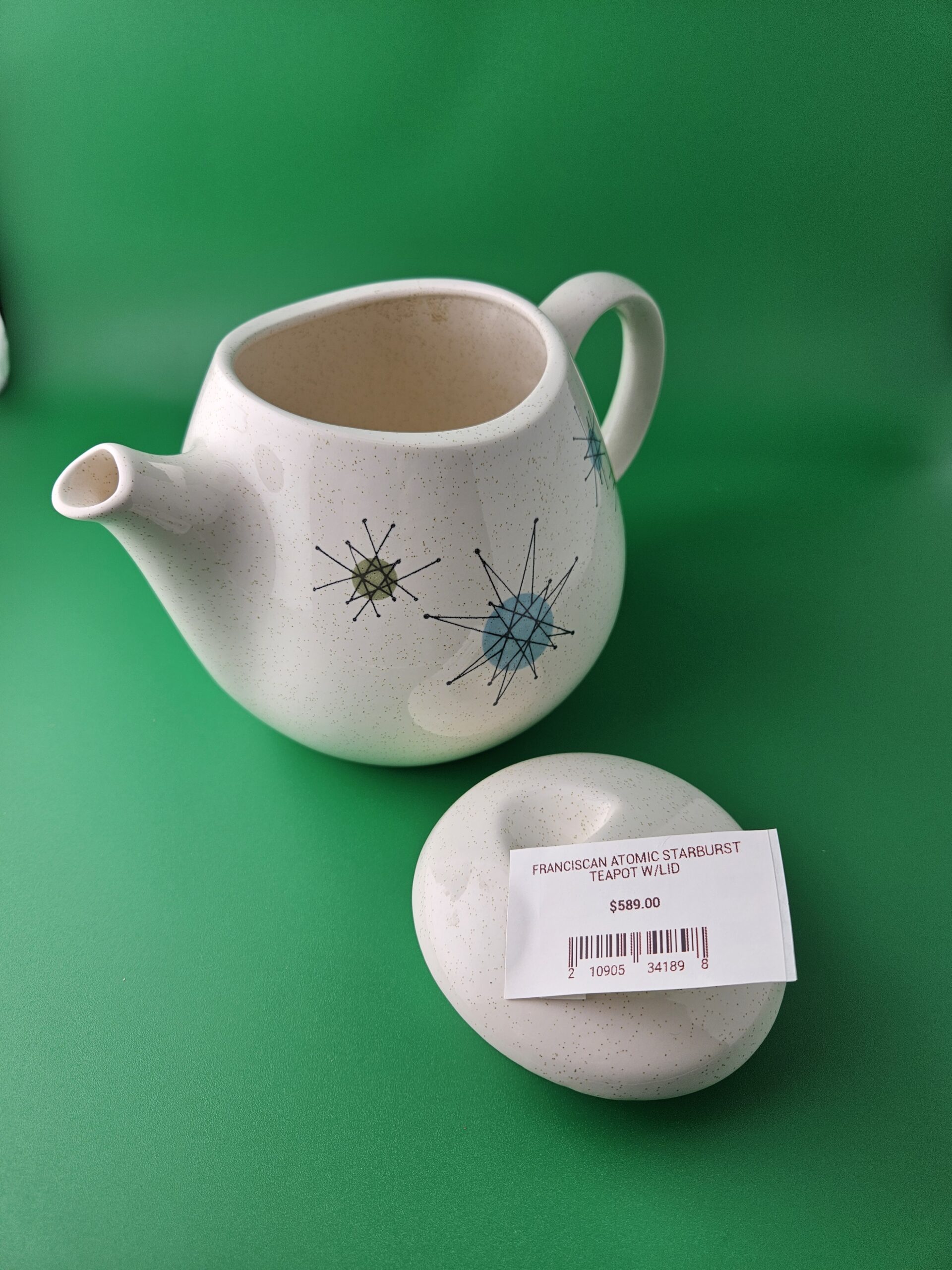
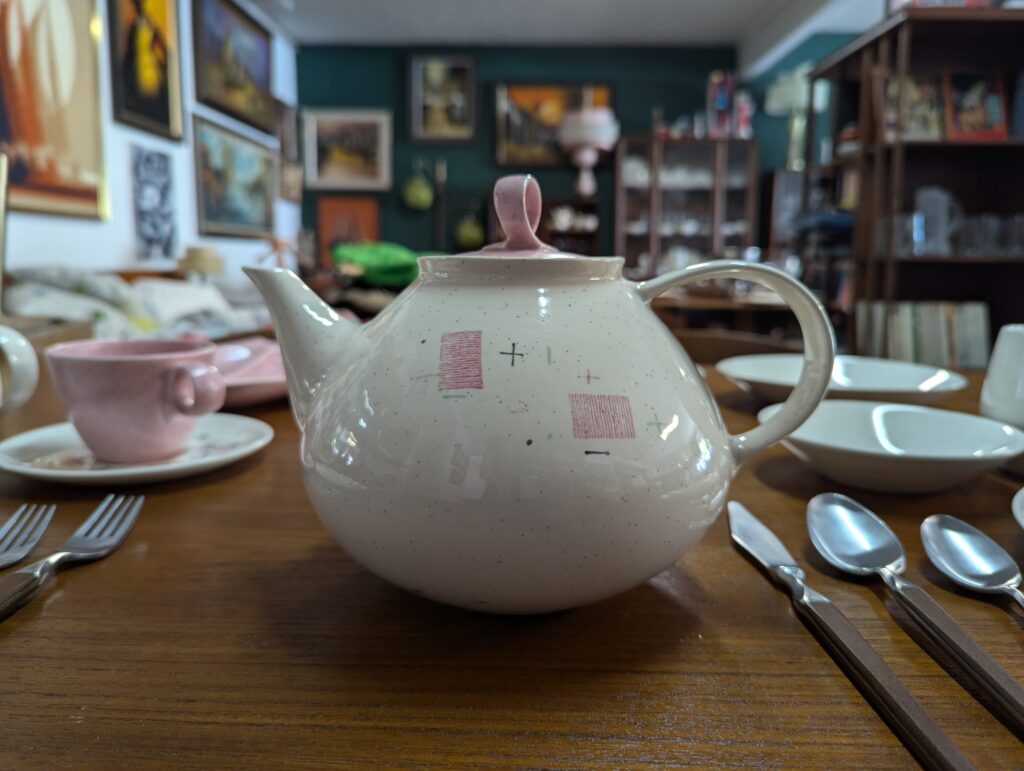
Reviews
There are no reviews yet.